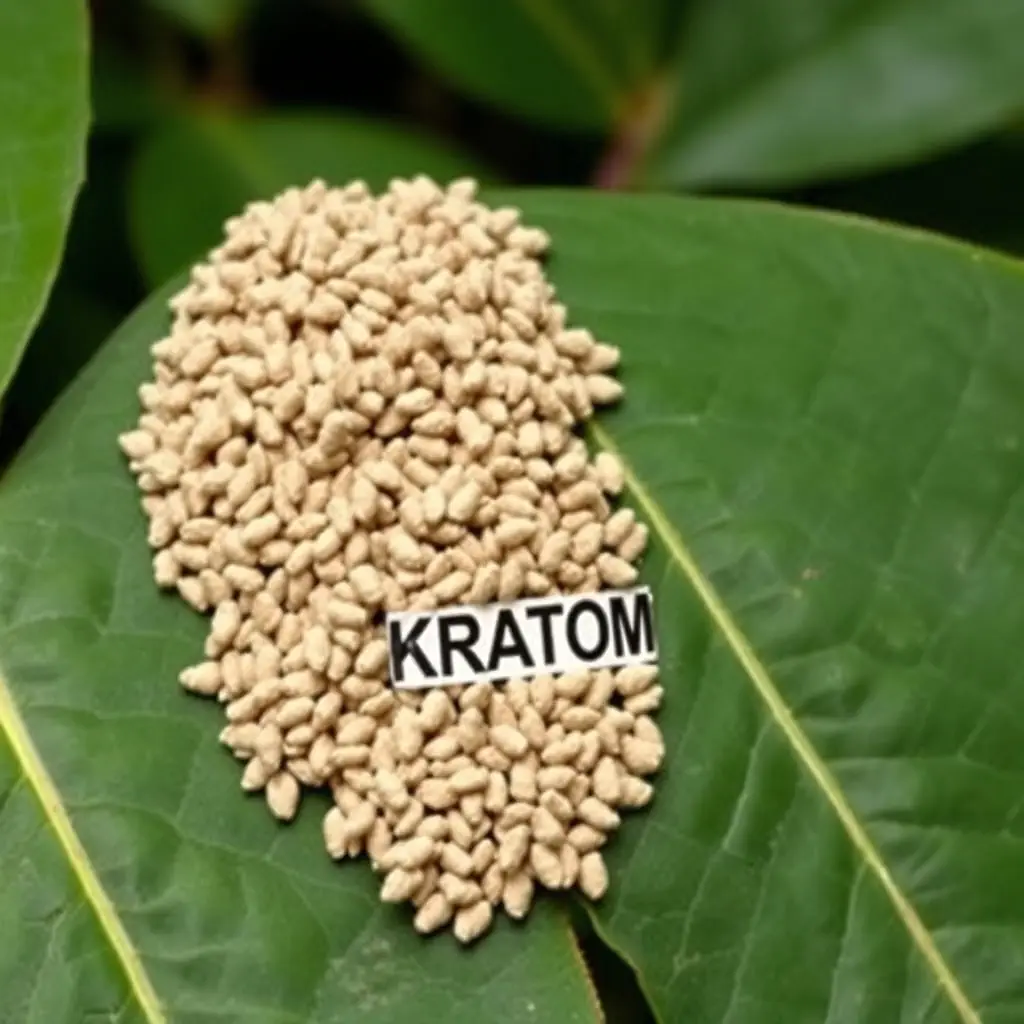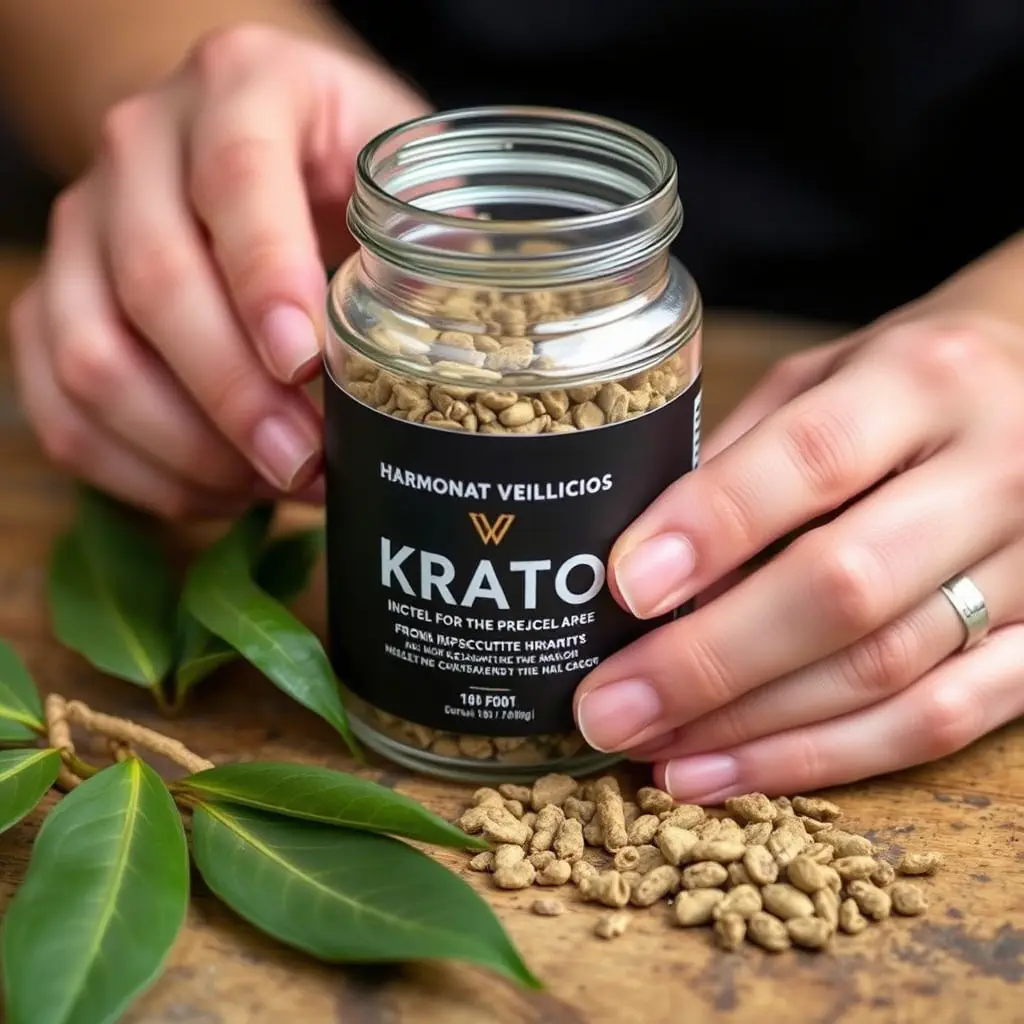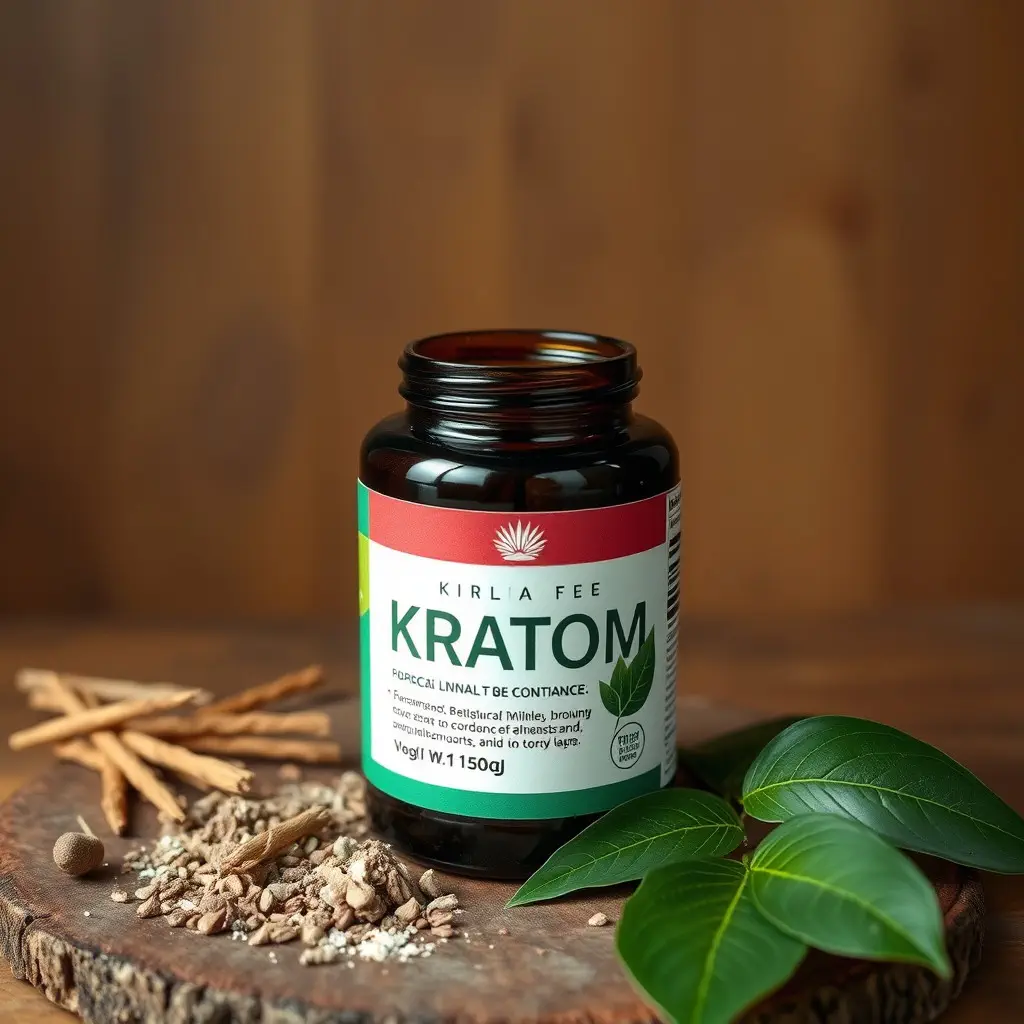Kratom, derived from the Mitragyna speciosa tree, is a plant that has garnered attention for its potential to influence metabolism and energy levels, as well as for its effects on appetite suppression, which can aid in weight management. Its primary alkaloids, mitragynine and 7-hydroxymitragynine, are believed to contribute to these benefits. Kratom is reported to stimulate the central nervous system, offering an energy boost akin to caffeine, while also suppressing appetite through interactions with opioid receptors that affect neurotransmitters regulating hunger. It's important for users to approach kratom with caution, starting with a low dose and seeking medical advice before incorporating it into their wellness routine, due to its potency and the variability in individual responses. The legal status of kratom varies by jurisdiction, so consumers must verify its legality in their area. For those interested in using kratom for appetite suppression, it should be combined with a balanced diet and regular exercise for optimal results, ensuring moderation and awareness of personal body chemistry to safely harness its benefits.
Exploring the intersection of natural supplements and metabolic health, this article delves into how Kratom can play a pivotal role in revving up your metabolism and sustaining energy levels. By elucidating the nuances between various Kratom strains and their effects on appetite suppression, readers will gain insights into how to harness the potential of this botanical substance for enhanced vitality. This exploration aims to provide a comprehensive guide on integrating Kratom into your daily regimen for optimal benefits in energy management and metabolic support.
- Kratom's Role in Enhancing Metabolism and Sustaining Energy Levels
- Understanding Kratom Strains and Their Impact on Appetite Suppression
- Integrating Kratom into Your Lifestyle for Optimal Metabolic and Energy Benefits
Kratom's Role in Enhancing Metabolism and Sustaining Energy Levels

Kratom, a plant native to Southeast Asia, has garnered attention for its potential impact on metabolism and energy levels. Alkaloids present in kratom leaves, particularly mitragynine and 7-hydroxymitragynine, are believed to influence the body’s response to energy and appetite. Users often report that kratom can enhance their overall energy levels, which may be attributed to its stimulatory effects on the central nervous system. This increased energy can be particularly beneficial for individuals looking to engage in more physical activities or those who need a natural boost without relying on caffeine or other conventional stimulants.
In addition to its energizing properties, kratom is also known for its appetite suppression effects. By helping to manage cravings and curb hunger pangs, kratom can aid in maintaining a balanced diet and supporting weight management goals. This aspect of kratom’s action contributes to its role in metabolic regulation. The plant’s influence on the body’s hormonal balance, including those related to appetite control, may facilitate a more efficient metabolism by preventing overeating and promoting satiety. As with any supplement, it is crucial to approach kratom use responsibly and consider individual health factors before incorporating it into one’s wellness routine. Users should also be aware of the legal status of kratom in their region, as it varies across different countries and states.
Understanding Kratom Strains and Their Impact on Appetite Suppression

Kratom, a botanical from the Mitragyna speciosa tree native to Southeast Asia, has garnered attention for its varied effects on the human body, including its potential impact on appetite suppression. The plant contains over 40 alkaloids, with mitragynine and 7-hydroxymitragynine being the most abundant and researched. Different kratom strains, such as Maeng Da, Bali, and Thai, offer distinct experiences based on their alkaloid profiles, vein color, and regional origins. For individuals seeking appetite suppression, certain strains like White Vein or Green Vein kratom are often favored due to their stimulant-like effects, which can reduce feelings of hunger and promote a sense of satiety. These strains are believed to interact with the body’s opioid receptors, influencing neurotransmitters that regulate appetite. It is crucial for users to understand the nuances between strains, as each kratom strain can have a different impact on metabolism and energy levels, thereby affecting overall well-being and dietary habits. Consumers should approach kratom with caution, adhering to appropriate dosages and considering individual sensitivity and local regulations regarding its use, to safely utilize its potential benefits for appetite suppression while enhancing metabolic efficiency and energy levels.
Integrating Kratom into Your Lifestyle for Optimal Metabolic and Energy Benefits

Kratom, a plant native to Southeast Asia, has garnered attention for its potential impact on metabolism and energy levels. When integrated into a lifestyle with careful consideration, kratom can offer appetite suppression, which may aid individuals in managing their caloric intake. This effect can be particularly beneficial for those looking to support weight management goals by promoting a feeling of satiety and reducing the likelihood of overeating. Moreover, kratom contains alkaloids such as mitragynine and 7-hydroxymitragynine, which have been studied for their potential to enhance metabolic processes and invigorate energy levels. The stimulating properties of kratom can help users maintain higher levels of alertness and productivity throughout the day, making it a versatile addition to a health-conscious regimen.
It is crucial to approach the integration of kratom into one’s lifestyle with caution, as the effects can vary greatly depending on dosage and individual physiology. Users should start with low doses to assess their body’s response and consult with healthcare professionals before incorporating it into their daily routine. Additionally, pairing kratom with a balanced diet and regular exercise can amplify its benefits for metabolism and energy, leading to an overall improvement in well-being. By focusing on moderation and understanding the nuances of how this natural substance interacts with one’s unique body chemistry, kratom can be a valuable tool in the pursuit of optimized health and vitality.
integrating kratom into one’s routine can be a pivotal step for individuals aiming to bolster their metabolism and elevate energy levels. By selecting appropriate strains, such as those that contribute to appetite suppression with kratom, users may experience a harmonious balance in their daily vitality and weight management goals. It’s imperative to approach this integration thoughtfully, considering individual sensitivities and health conditions, to maximize the potential benefits while ensuring safety and well-being. As research continues to evolve, the role of kratom in metabolic and energy enhancement remains an area of intrigue and promise for those seeking natural methods to enhance their overall vitality.






